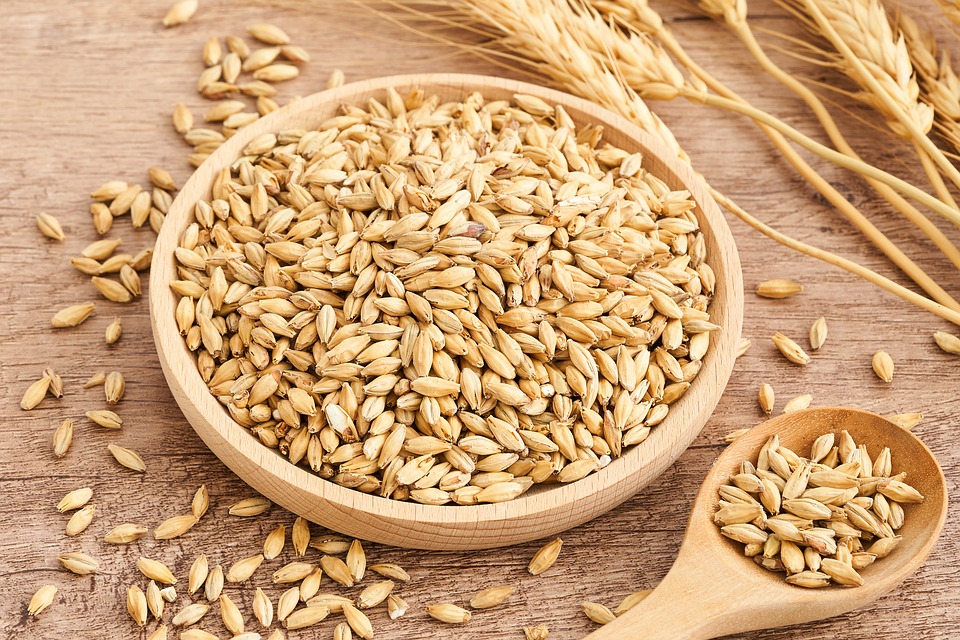Title: Digestive Enzymes Unleashed: Nature’s Biological Cutlery!
Subtitle: Discover the Powerhouse Behind Human Digestion
Unveiling the extraordinary culinary artistry embedded within our bodies, Digestive Enzymes Unleashed: Nature’s Biological Cutlery
Within the vaulted halls of the human body, a complex orchestra of digesting processes takes place every time we savor a meal. From the tender crunch of a crisp apple to the rich indulgence of a decadent steak – it’s a culinary spectacle carefully choreographed by an ensemble of biological artisans. They are the unsung heroes, the maestros directing a symphony of digestion: Digestive Enzymes. These remarkable proteins are nature’s biological cutlery, jousting with raw elements to create a harmonious blend of nutrition. Without the meticulous precision of digestive enzymes, our bodies would struggle to fathom the complexities of our diverse diet.
Curing the Mysteries of Our Body’s Symphony
What could be more fascinating than exploring these microscopic artisans that diligently work, unbeknownst to us? In this hard-to-fathom microcosm, enzymes like amylases, proteases, and lipases exist solely to convert foodstuff into energy, fueling our every function from sprinting to thinking. Born from the pancreas, stomach, and even salivary glands, these enzymes possess a certain virtuosity, dismantling complex food structures and converting them into simpler, absorbable substances.
Biochemistry’s Helmsmen: Types and Responsibilities
Nature has crafted digestive enzymes from an array of types. Amylases, the musicians of carbohydrates, carve apart starchy and sugary substances into simpler sugars, our body’s favorite energetic dance partners. Proteases, the protein virtuosos, render protein structures into amino acids – the building blocks of our cells. Lipases, the lipid magicians, untangle complex fats into fatty acids and glycerol. This intricate metamorphosis ensures nutrients are readily available to our cells, fortifying our body’s energy reserves and facilitating growth.
The conductor of this symphony, primordially secreted pancreatic lipase, orchestrates the conversion of fats to fatty acids and glycerol. In this tightly coordinated ballet, every protein, bubble, and molecule plays a starring role, culminating into perfect humanoid harmonies.
A Vivid Picture
Envision your body as an opulent banquet hall. As food enters from mouth to stomach, enzymes transform each delicacy into raw essence, releasing energy. Enzymes line the walls, acting as discerning chefs, denizens of waste retention, and results into a copious feast of simpler molecules. This extensive conversion and absorption of nutrients in the small intestine – a masterpiece imperceptible to us – emphasizes the vital importance of these biological cutlery. Would you not agree that such dynamic musicality beneath your body is remarkable?
Image: [A vibrant diagram illustrating the role of different digestive enzymes (place a link or reference here for an awesomely crafted image of this scenario]
A Table of Intricacies: FAQs
- What happens if the body lacks its natural cook?
Each enzyme has a relevant substrate and acts as its key, specific to each locked nutrient door. Leder-like absence can lead to acute deficiency, a bread line of health complications.
- Can we supplement deficient enzymes?
Today, scientists are racing to provide solutions, like enzyme supplements, to help people with inborn errors of metabolism.
The marvels of digestive enzymes invite fascination and curiosity. It’s nature’s utensil, this biological cutlery, a unique testament to evolution’s genius. So the next time you sit for a meal, revel in the unseen drama of this silent symphony – the concealed masterchef in our bodies. ‘Tis the unyielding narrative of digestion, narrated by digestive enzymes, aiming to turn your meal into an orchestra of noteworthy biological perfection.
FAQs
- What exactly are digestive enzymes?
Digestive enzymes are special proteins that catalyse the breakdown of consumed nutrients (e.g., proteins, fats, and carbs) into their simplest forms, which can then be absorbed by our bodies.
- Where do digestive enzymes originate?
Digestive enzymes are primarily secreted by the pancreas and the lining of our gastrointestinal tract, including our salivary and stomach glands.
- What role does each enzyme play in digestion?
Different enzymes have specific roles – amylases for carbohydrates, proteases for proteins, lipases for fats. Each type targets a particular nutrient, breaking it down into absorbable subunits.
- Why can’t we digest all types of food without enzymes?
Enzymes aid in converting food into the simplest forms for absorption. Without them, nutrients would remain in complex forms, causing malnutrition or other health problems.
- What happens if an individual is deficient in a certain type of enzyme?
Lack of a particular digestive enzyme can lead to digestive disorders. Some individuals might need digestive enzyme supplements to help break down and absorb nutrients.
Always remember, every meal you enjoy is a testament to the art of digestion, where, behind the scene, an ensemble of enzymes is hard at work, ensuring your body’s healthy functioning. As we marvel at our bodies’ breathtaking symphony, let’s appreciate the unseen archivist of our survival – the digestive enzymes, nature’s biological cutlery.

